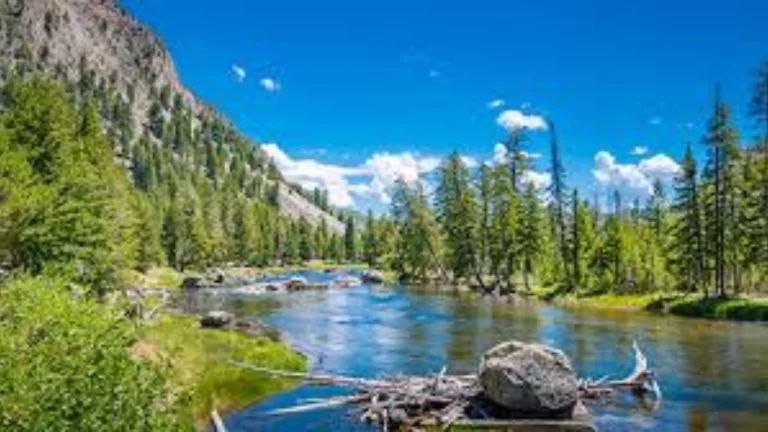Estimated reading time: 3 minutes
Table of contents
Why is it in the News
In July and August 2025, the Damodar River captured national attention as water releases from Damodar Valley Corporation (DVC) reservoirs, combined with intense rainfall, led to severe flooding in West Bengal.
Districts like Howrah, Hooghly, and East Burdwan faced widespread disruption, with political debate over flood control efforts sparking renewed interest in this iconic river. About the Damodar River
- The Damodar River flows through the mineral-rich states of Jharkhand and West Bengal in eastern India.
- It is renowned as the “Sorrow of Bengal,” its history is marked by devastating floods, especially before the construction of regulating dams.
- Today, it is equally well known for supporting India’s largest coal and industrial zone, making its geography a rich topic for academic and competitive discussion.
Quick Facts
- Origin: Khamarpat Hill, Chota Nagpur Plateau, Palamau hills, Jharkhand
- Length: About 592 km (368 miles)
- Mouth: Hooghly River near Howrah, West Bengal
- Major Tributaries: Barakar, Konar, Bokaro, Haharo, Jamunia, Ghari, Guaia, Khadia, Bhera
- Drainage Basin: Covers about 24,235 sq km across multiple districts
- Average Discharge: 10,500 cu ft/s
Geographical Significance
- The Damodar has a rain-fed regime, swelling dramatically during the monsoon due to its catchment in the hilly Chota Nagpur Plateau.
- Its wide valley is home to some of India’s richest coalfields—notably Jharia, Raniganj, Bokaro, and Karanpura—creating a high-density industrial belt.
- The river’s course is marked by swift, erosive flow in uplands and a slower, meandering path as it enters West Bengal’s plains.
- Dams at Tilaiya, Maithon, Konar, and Panchet (run by DVC since 1948) deal with flood control, irrigation for nearly a million acres, hydropower, and even regional navigation.
- DVC is modeled after the U.S. Tennessee Valley Authority—a “first-of-its-kind” multipurpose project in India.
Key Points:
- The Damodar Valley hosts three integrated steel plants: Bokaro, Burnpur, and Durgapur.
- The river’s floodplain supports agriculture but also faces threats from coal mining pollution and sedimentation issues.
- Its location and mineral resource concentration make it a vital ecological and economic corridor.
The Sorrow of Bengal: Flood History and Management
Historically, devastating floods—including major ones in 1770, 1855, 1913, and 1943—earned the Damodar its sorrowful nickname. The Damodar Valley Corporation (DVC), established in 1948, dramatically improved flood control. Still, exceptionally heavy monsoon years, like 2025, show the continuing challenge of managing this dynamic river.
FAQs
Q1. Where does the Damodar River originate?
The Damodar River originates from Khamarpat Hill in the Chota Nagpur Plateau, Jharkhand.
Q2. What makes the Damodar Valley industrially important?
The Damodar Valley contains India’s largest coking coal reserves and hosts major steel plants and power production centers.
Q3. Why is the Damodar called the “Sorrow of Bengal”?
Due to its history of frequent and destructive floods before dam construction, the Damodar earned this title.
Q4. Which districts does the Damodar river impact most?
Key districts are Bokaro, Dhanbad, Hazaribagh in Jharkhand and Bardhaman, Hooghly, Howrah in West Bengal.




























